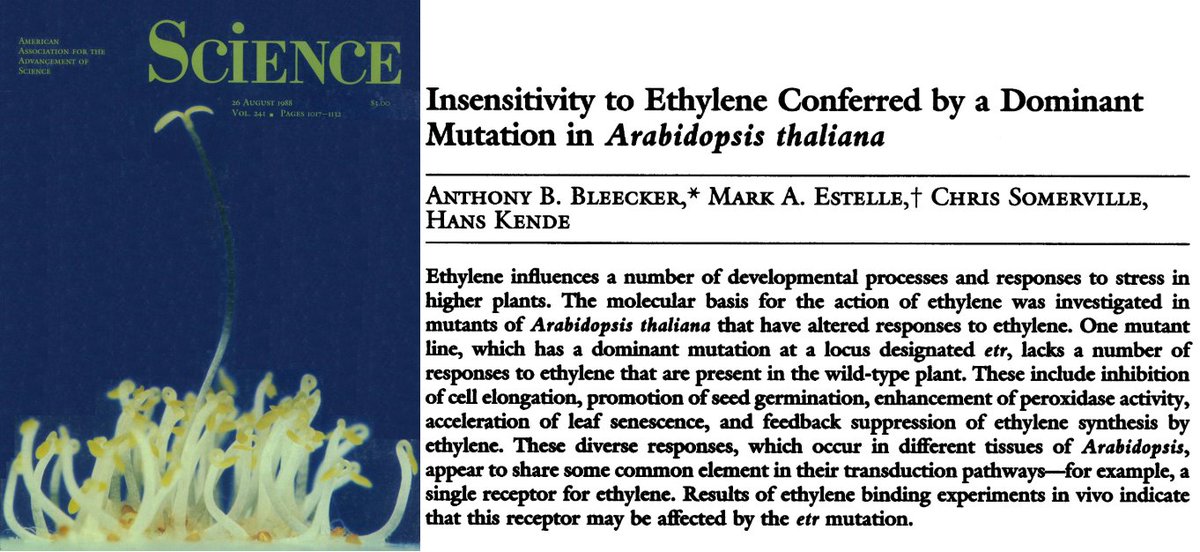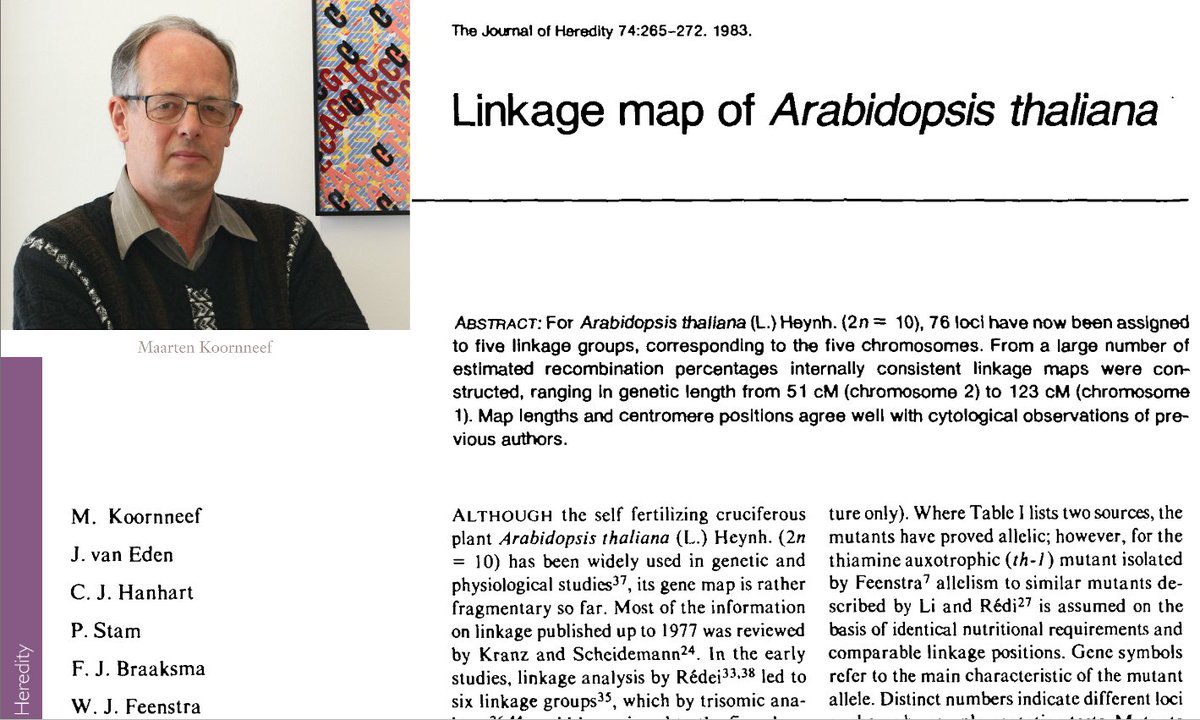#PlantScienceClassics #7: The ZigZag Model.15 years ago @jonathandgjones & Jeff Dangl published their @nature review integrating Pattern/PAMP-Triggered Immunity (PTI) & Effector-Triggered Immunity (ETI) into one unified model of ‘The plant immune system’. doi.org/10.1038/nature… 

In the 1980s, with plant molecular biology still in its infancy, the plant immune system was not understood very well at all. Dangl, at the time an immunologist working on mouse/human cells, remembers: ‘I had never considered that plants could recognize pathogens’.
But this fact, that the molecular mechanisms of the plant immune system were still basically a ‘black box’, is exactly what got Dangl interested and motivated to switch fields, and join the group of Klaus Hahlbrock at the @mpipz_cologne to work on plant immunity. 

Jones was already working in the plant field @TheSainsburyLab during this time, more specifically on #transposons in maize. And it was this background in #transposon biology which led him to use transposon-tagging experiments to isolate & characterize plant resistance (R) genes.
So when the first plant R genes were then isolated & characterized in 1994/5, Jones & Dangl (or Jongl, if you prefer their celebrity couple name) were right there in the mix, with Jones publishing on the tomato Cf-9, & Dangl the Arabidopsis RPM1 R gene, both in @ScienceMagazine. 



At the time, the leading hypothesis was that there is one R protein to sense or recognize one corresponding pathogen virulence factor, but at the same time there appeared to be too few R genes in Arabidopsis for this to be true. ‘a repertoire problem’, as Dangl remembers.
To overcome this problem, Jones & Dangl developed the #GuardHypothesis, published 20 years ago in @nature, suggesting that each R protein actually guards a specific host protein, & reacts to perturbances of this protein – irrespective of which pathogen is causing this damage. 

The guard hypothesis describes the action of the intracellular NB-LRR R proteins involved in ETI. But with the description of the flg22/FLS2 & EF-TU/EFR systems in the 2000s, it became clear that there was a second part of the plant immune system, that acts in a different way. 

This part involves plasma-membrane localized receptors that sense extracellular elicitors, and seems to more resemble the animal PAMP/PRR systems (PTI). So PTI & ETI appeared to be separate pathways, and with their 2006 paper, Jones & Dangl integrated them into one unified model.
In the model,(Phase1) a pathogen is detected via its PAMPs by PRRs, triggering PTI. (Phase2) A pathogen evading detection & releasing effectors, suppresses PTI. (Phase 3) These effectors are then recognized by NB-LRRs, resulting in ETI,an amplification of PTI & stronger response. 

The zigzag model had a huge impact on the field, most readily demonstrated by >10.000 citations. But like all models, it still evolves. @jonathandgjones has recently published an update, again in @nature, showing the high interconnectedness of PTI/ETI: doi.org/10.1038/s41586… 

And @Billion_of_Gods has also given a very nice update on the PTI/ETI-interrelation and the evolution of the zigzag model in his ‘What’s new in MPMI!’ @MPMIjournal seminar. See here: apsjournals.apsnet.org/whatsnew_kents… 

Further reading: @PNASNews Profiles on Jonathan D. G. Jones: doi.org/10.1073/pnas.1… and Jeffery L. Dangl: doi.org/10.1073/pnas.1…
• • •
Missing some Tweet in this thread? You can try to
force a refresh




















